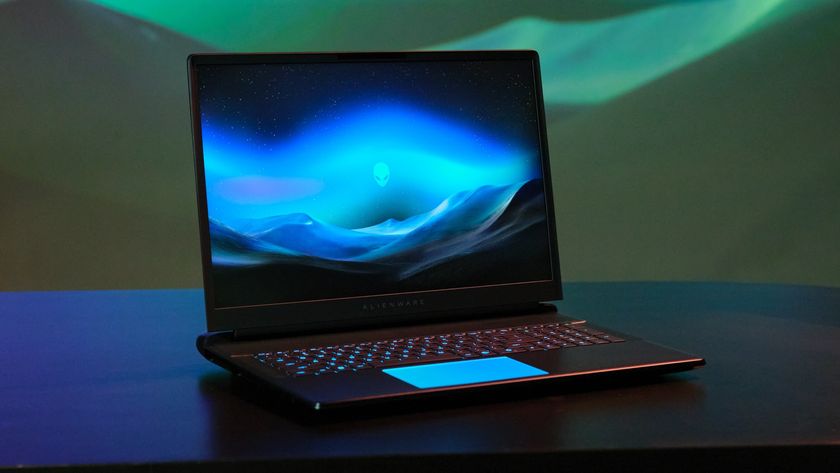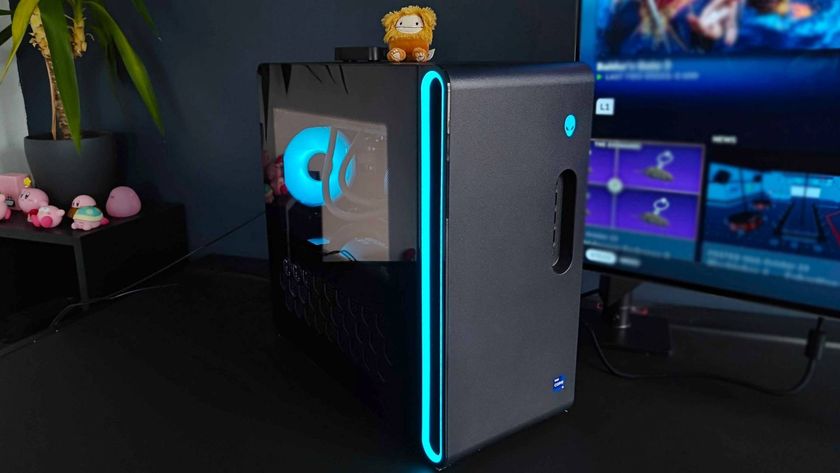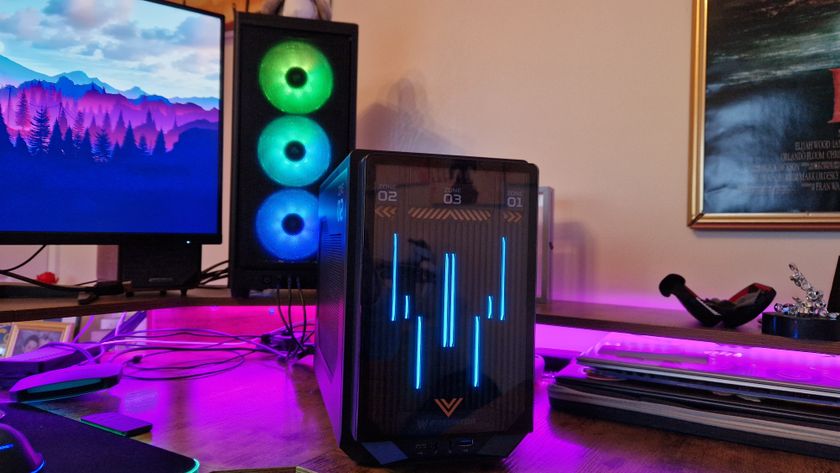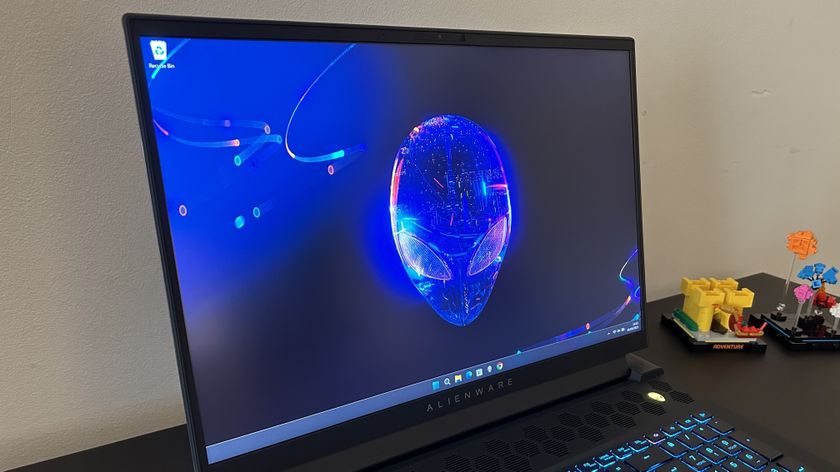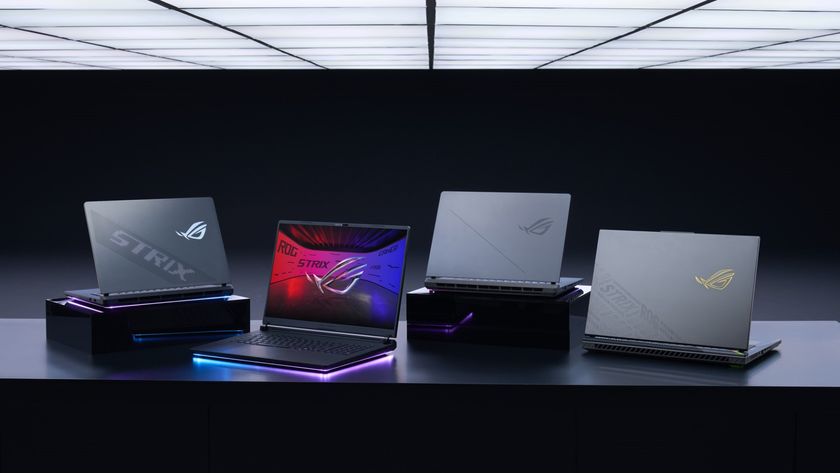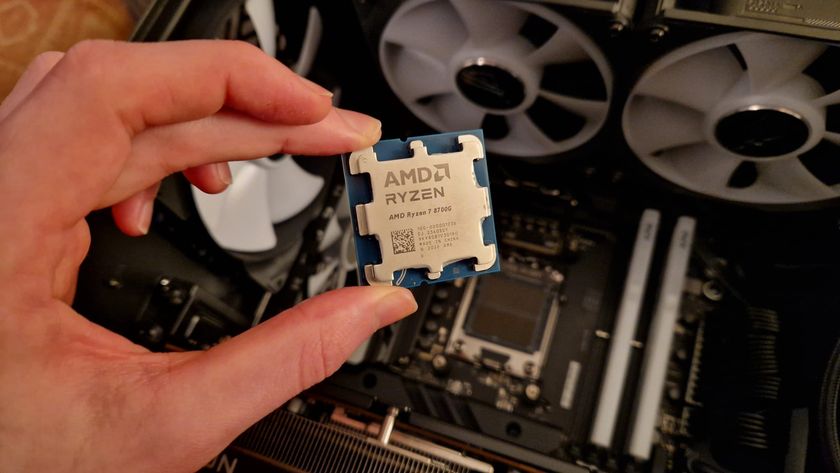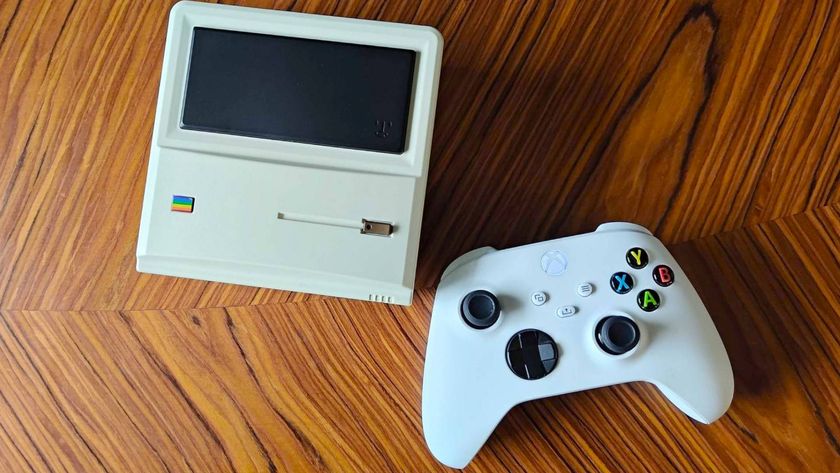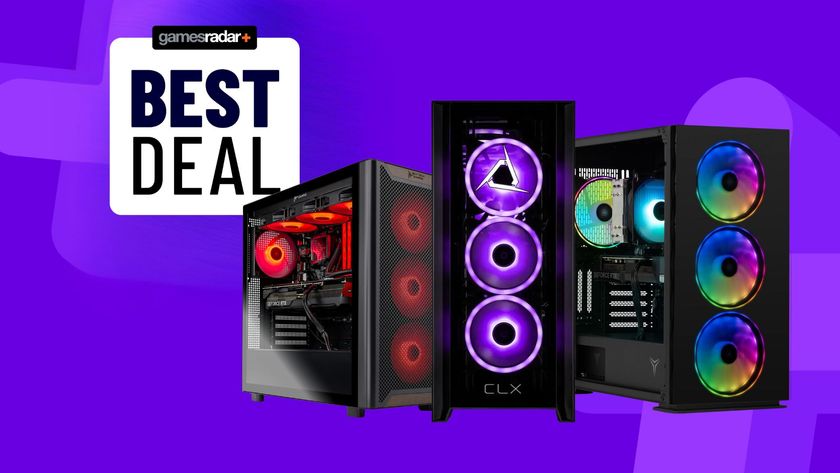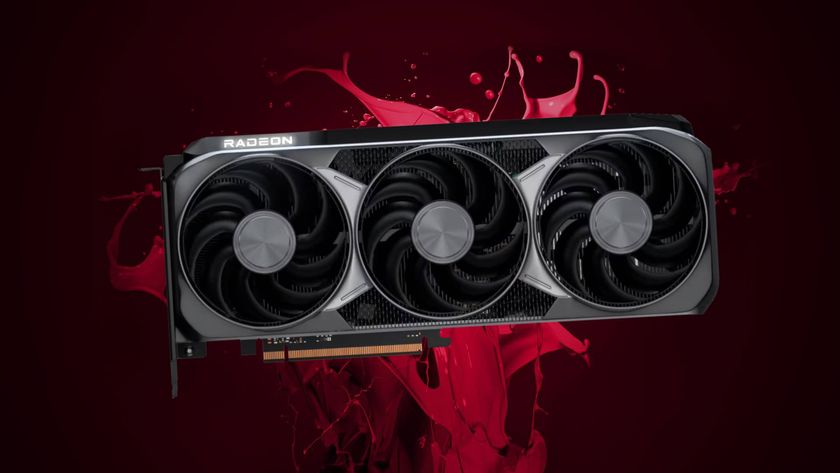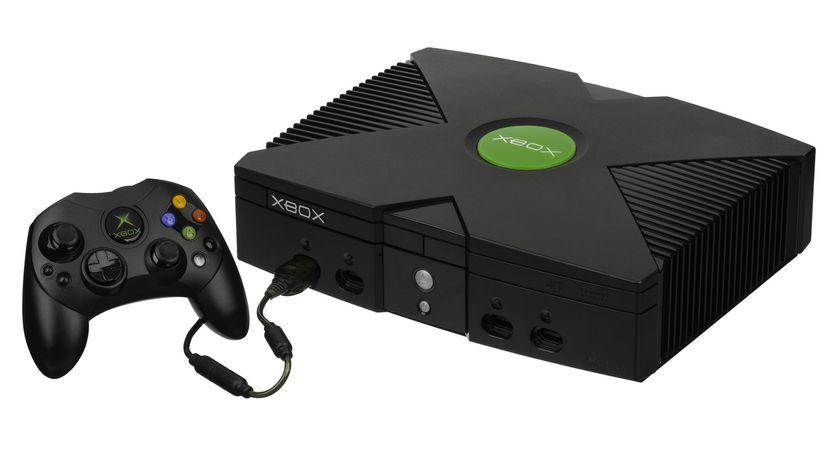A new Alienware Aurora 2025 model is coming, but I'm more interested in its Area 51 sibling that takes a "DIY approach to desktops"
The most down-to-earth Alienware PC yet.
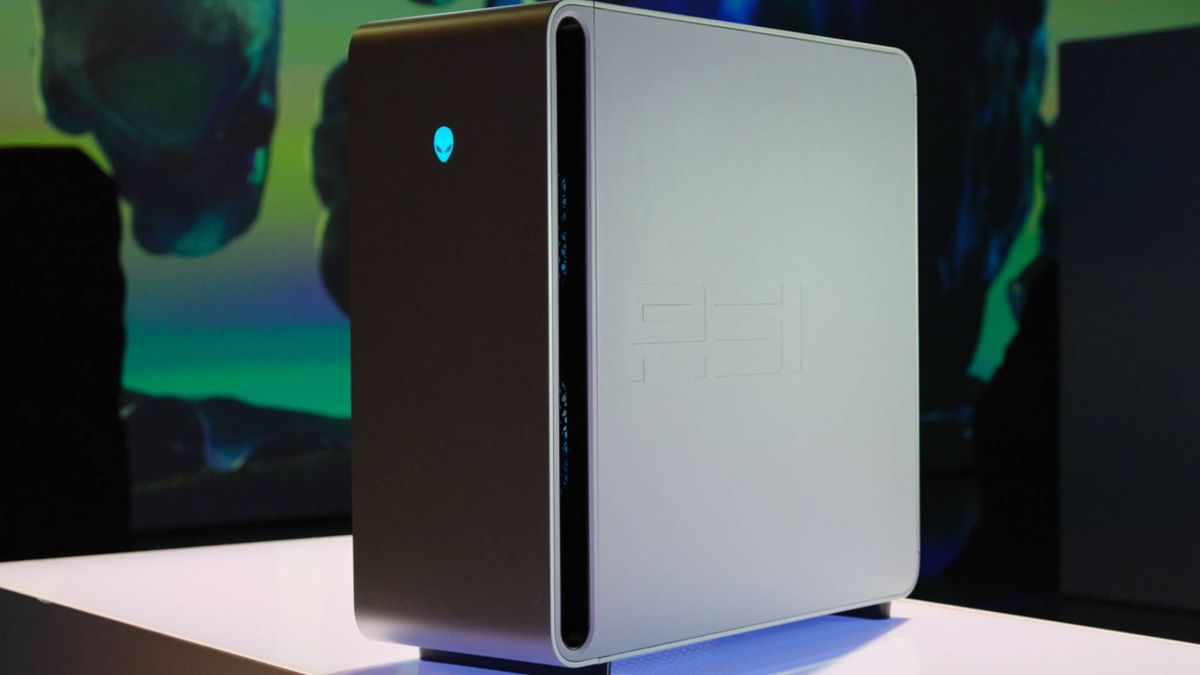
Dell just revealed two new Alienware gaming PCs at CES 2025, but one of them could break the brand's upgradability curse. While I'm naturally excited about the latest Aurora build and what the RTX 5090 can help it achieve, the company is also cooking up a new Area 51 system that's designed specifically with upgradability in mind.
Rather than simply releasing a new Alienware Aurora R17 and calling it a day, Dell has instead announced both a 2025 successor to the Aurora R16 and an "Area 51" version it dubs as its "highest performance desktop." At a glance, that latter model looks like last year's rig with a silver paint job, but its innards bring non-custom sensibilities and a standard ATX motherboard to the table.
Dell says the new Area 51 model caters to "PC gamers, technology enthusiasts, and even gamers who enjoy engaging in a DIY approach to desktops." I'd normally raise an eyebrow at that last claim, but the machine's new motherboard and wide AIO cooler compatibility means it's as customizable as an ordinary rig. Even it's PSU is "industry standard", with Dell providing 800W and 1,500W options.



In addition to being more upgradable, Dell claims its layout choices for the Area 51 help it run up to 13% cooler and "45% quieter." In turn, that improves airflow by up to 25%, which naturally aids its Intel Core Ultra CPU in terms of performance capabilities.
In a nut shell, the Area 51 is a "standard" gaming PC that looks like an Alienware rig. Everything from its 2.5-inch and 2.5-inch storage caddies to its three M.2 SSD slots to its extra headroom for longer graphics cards make this build feel as customizable as any other, which should help entice anyone who was previous put off by Dell's more proprietary designs.
Of course, if you're merely looking for a successor to the R16 with a shiny new GPU and processor inside, you'll still be able to pick up an "Aurora R17." Dell has seemingly dropped the number moniker, instead referring to the machine as the "2025" version. Basically, this is a revamped Alienware with an Nvidia RTX 50-series GPU, an Intel Core Ultra CPU, and up to 64GB DDR5 VRAM, but takes up 55% less space than its Area 51 sibling.
Will the Area 51 change Alienware as we know it?
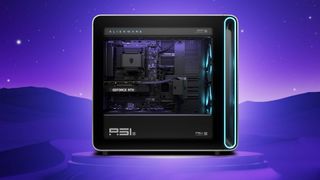
I'll be putting both the new Alienware Area 51 and Aurora 2025 to the test ASAP, but part of me is wondering whether Dell is currently at a crossroads. While I get that the company is pitching both a mid-size boutique desktop as well as a more customizable machine that targets enthusiasts, both systems are providing access to mostly the same components.
Sign up to the 12DOVE Newsletter
Weekly digests, tales from the communities you love, and more
| Model | Alienware Aurora 2025 | Alienware Area 51 |
|---|---|---|
| Price | TBC | Up to $4,499 |
| CPU | Up to Intel Core Ultra 9 | Up to Intel Core Ultra 9 |
| GPU | Up to Nvidia GeForce RTX 5090 | Up to Nvidia GeForce RTX 5090 |
| RAM | Up to 64GB DRR5 | Up to 64GB DRR5 |
| Motherboard | Custom Z690 | Standard ATX |
| Storage | Up to 8 TB (2 x 4 TB), M.2, PCIe, SSD | Up to 8 TB (2 x 4 TB), M.2, PCIe, SSD |
| PSU | Up to 1,000W Platinum | 800W Gold or 1,500 Platinum |
Naturally, I'd want to advise grabbing the Area 51 based on upgradability alone, but sticking with the more traditional Aurora build could save you some pennies. I'm still waiting for entry-level model pricing, but the top end build will set you back $4,499, which is actually cheaper than Dell's $4,694.99 R16 price at launch.
If the Aurora is able to offer up an RTX 5090 and a 14th gen Intel chipset for significantly less than that, I'd perhaps be inclined to trade away upgradability perks. Sure, Dell's proprietary motherboard is a bit of a pain when it comes to sizing, but it is still possible to swap out its two DIMM sticks of RAM and its GPU. So long as you're not looking to massive overhaul cooling or change fundamental components, the would-be R17 could end up winning if it bears the right price tag.
Looking to upgrade your system? Swing by the best CPU for gaming and best gaming RAM options for ways to revamp your rig. You'll also want to peek at the best SSDs if you're in need of more storage.

I’ve been messing around with PCs, video game consoles, and tech since before I could speak. Don’t get me wrong, I kickstarted my relationship with technology by jamming a Hot Wheels double-decker bus into my parent’s VCR, but we all have to start somewhere. I even somehow managed to become a walking, talking buyer’s guide at my teenage supermarket job, which helped me accept my career fate. So, rather than try to realise my musician dreams, or see out my University degree, I started running my own retro pop culture site and writing about video games and tech for the likes of TechRadar, The Daily Star, and the BBC before eventually ending up with a job covering graphics card shenanigans at PCGamesN. Now, I’m your friendly neighbourhood Hardware Editor at GamesRadar, and it’s my job to make sure you can kick butt in all your favourite games using the best gaming hardware, whether you’re a sucker for handhelds like the Steam Deck and Nintendo Switch or a hardcore gaming PC enthusiast.
